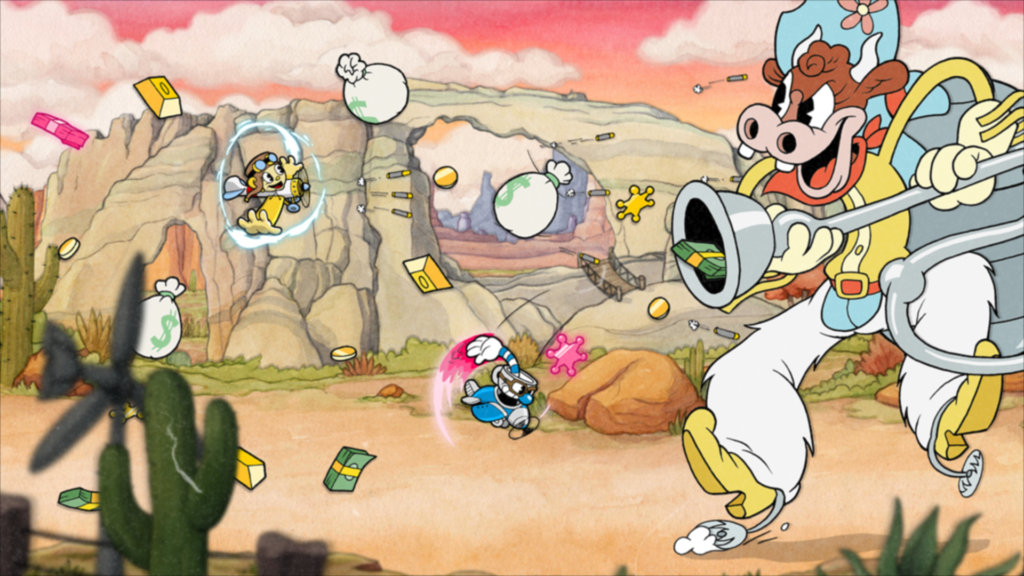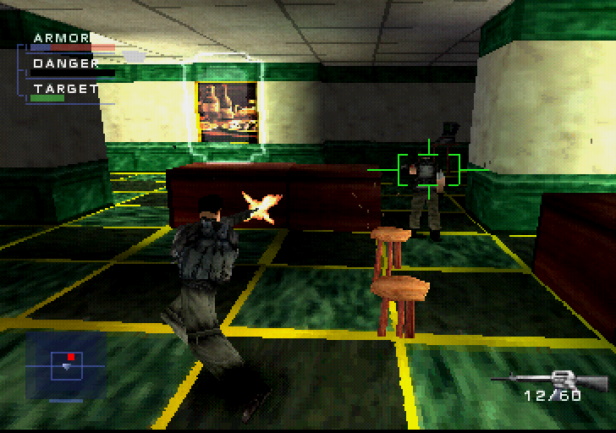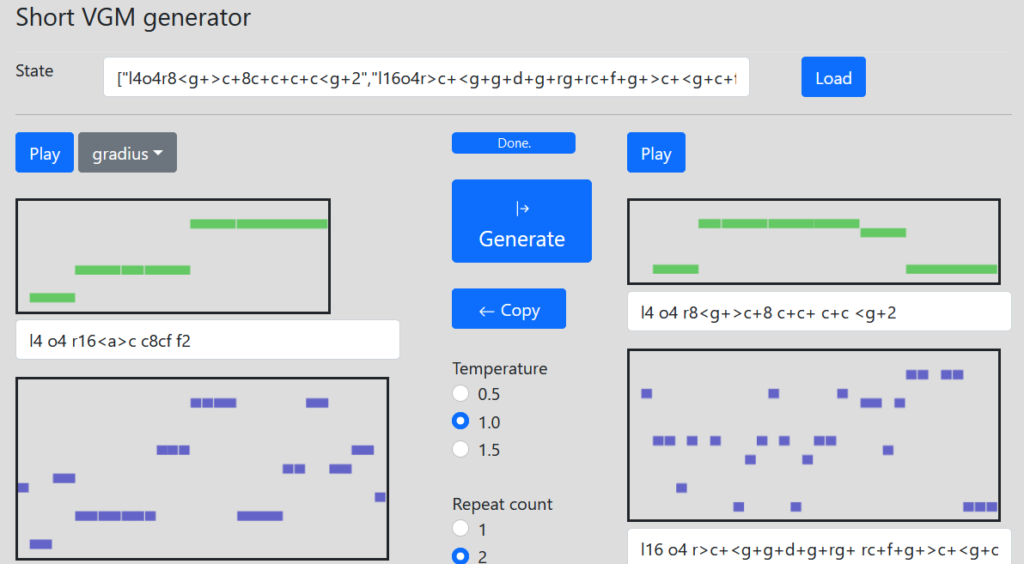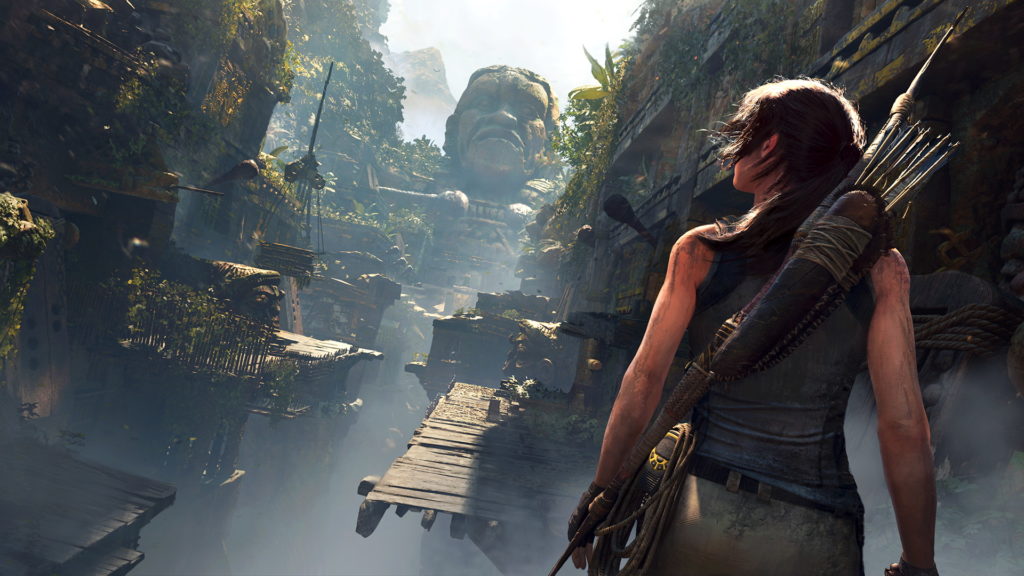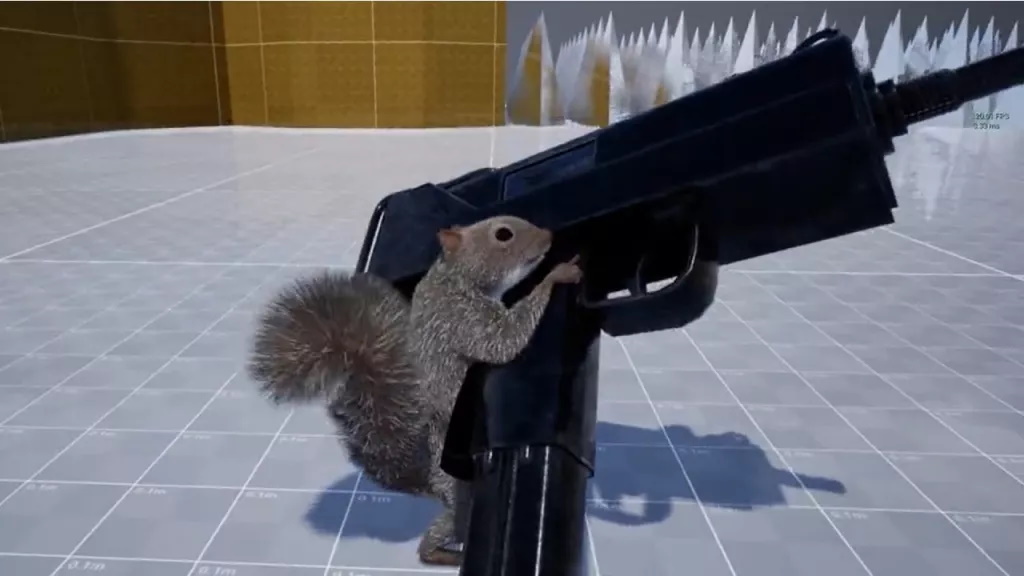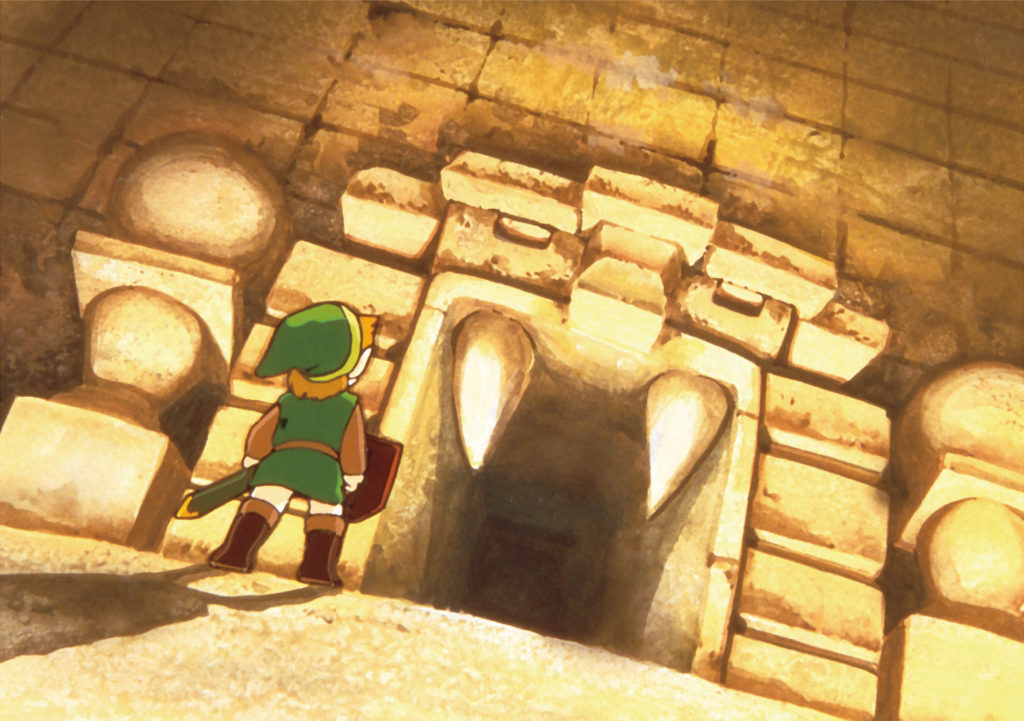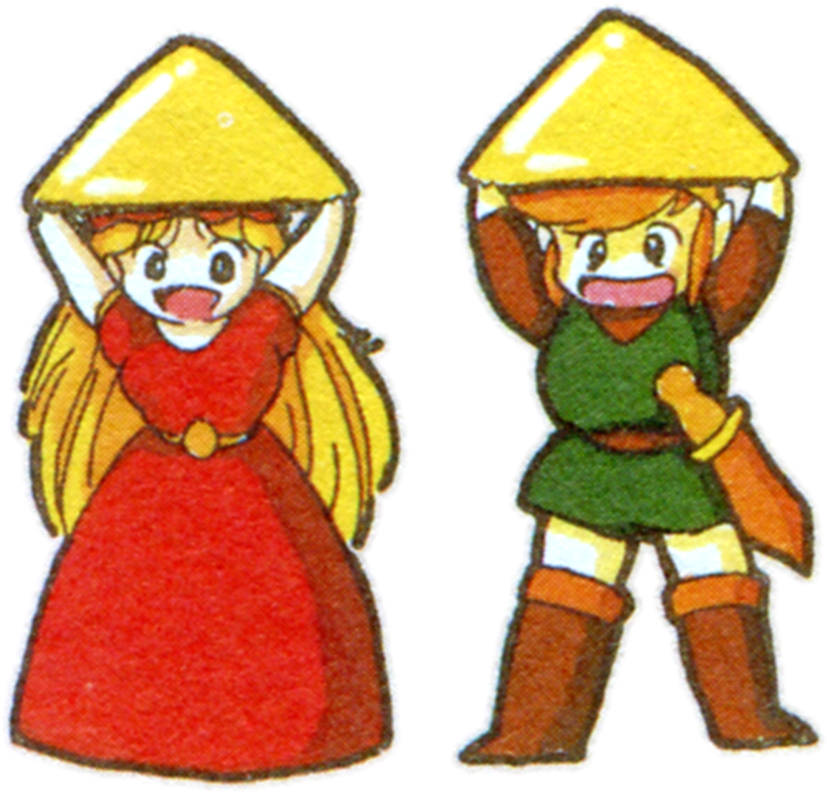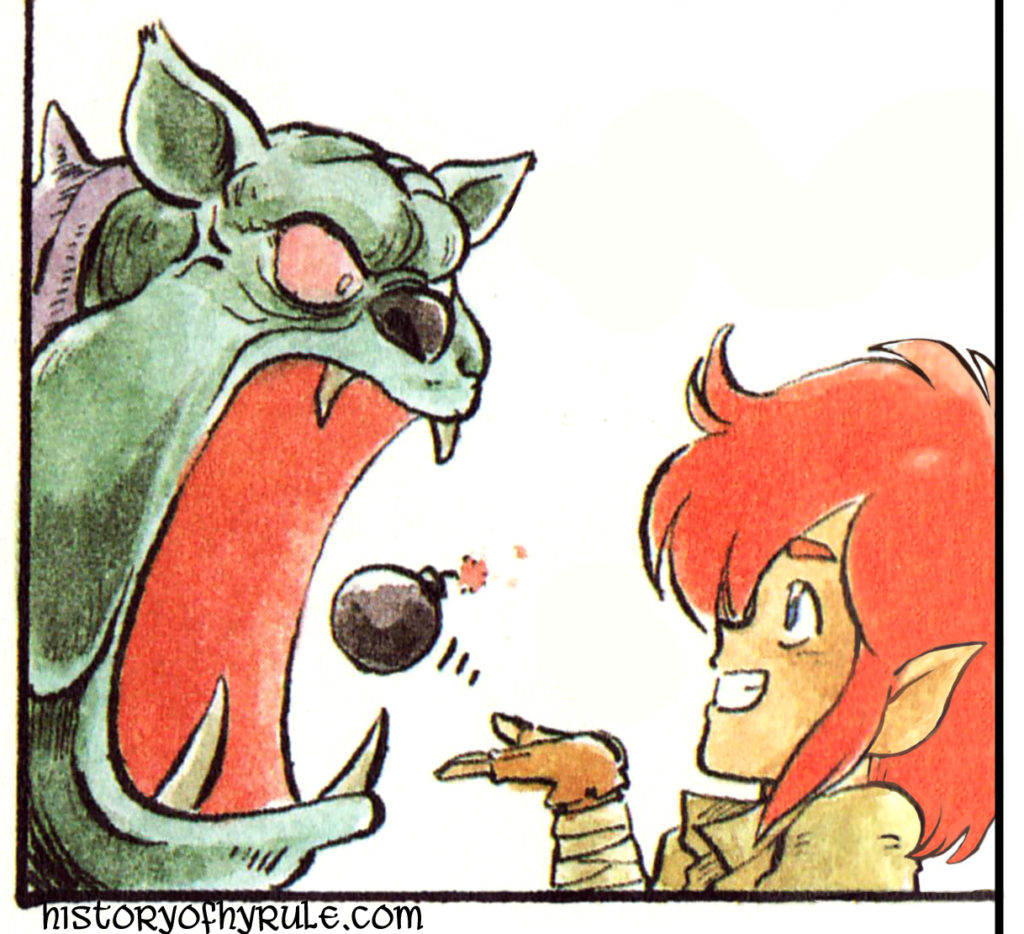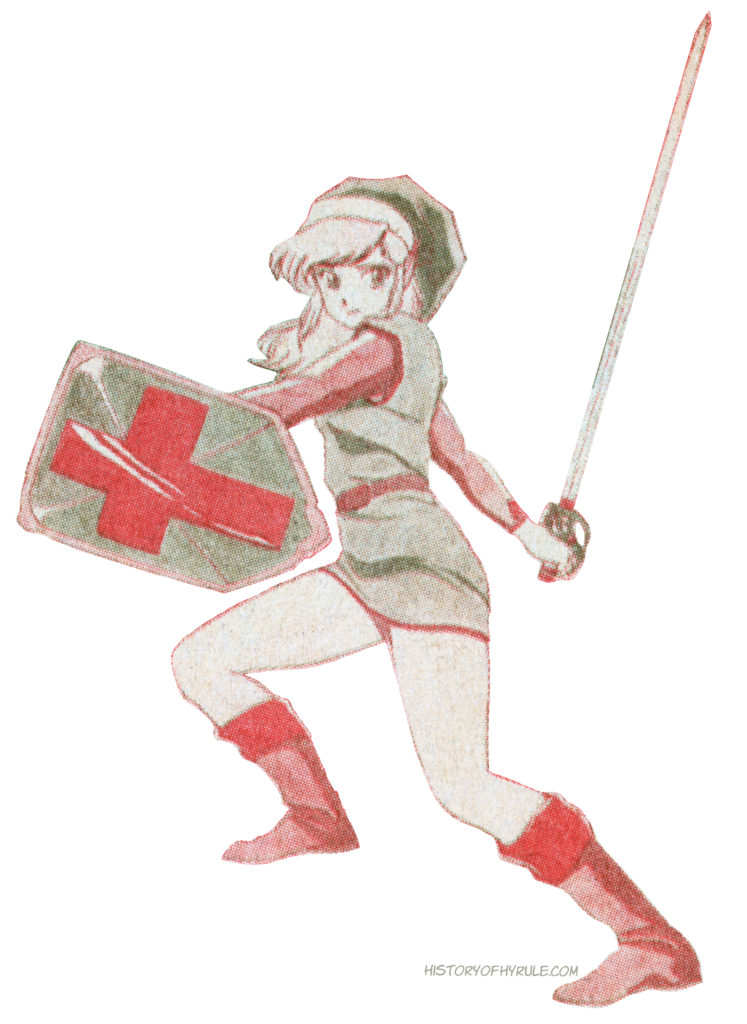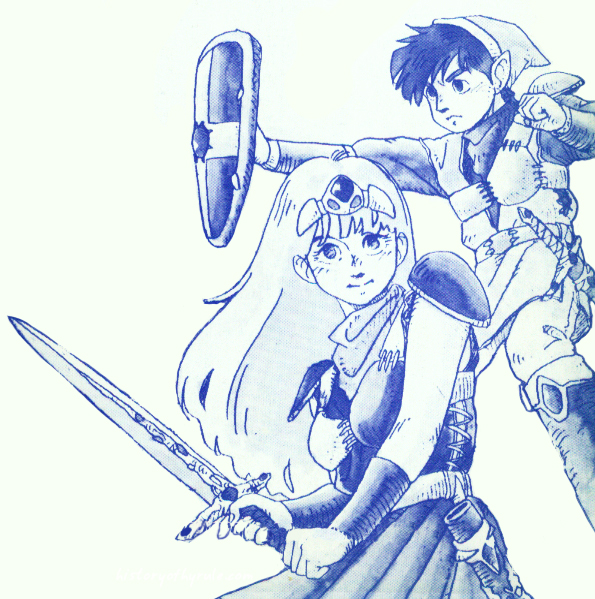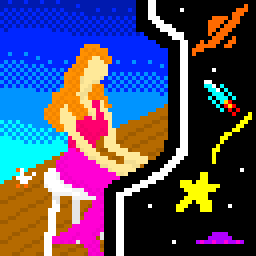
Arcade Mermaid is our classic arcade weirdness and obscurity column! Once a month we aim to bring you an interesting and odd arcade game to wonder at. Although this time, we’re expanding the purview to talk about an extremely rare game that has just become playable by the public through emulation for the very first time. Please note, this was written quickly and late at night. It may see minor corrections once I see it by the harsh light of day.
One of the best podcasts out there for classic arcade enthusiasts is The Ted Dabney Experience! Episode 15 of that was a talk with Bob Flanagan, who created Atari’s underrated Skull & Crossbones, and also headed the wonderful, prototype, obscure and unreleased, yet recently revealed on the internet Marble Madness II.
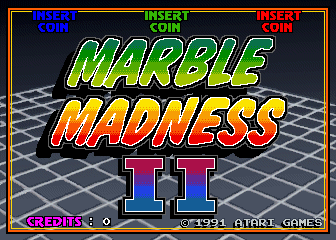
Bob Flanagan was mainly a programmer during his time at Atari Games, where he helped implement the original Marble Madness, Paperboy, and Gauntlet. Skull & Crossbones is the only Flanagan-helmed game that got produced, but MM2 could have been another.
Another reason to cheer for this game finally, finally seeing the light of day is the music, which kyuubethe3rd mentions was among the finest work of Atari composer Brad Fuller, who sadly left us in 2016. Marble Madness had very memorable music, and the 14 main levels of MM2 sound like they could easily have come from that game, including a remix of the original’s Beginner Maze track.
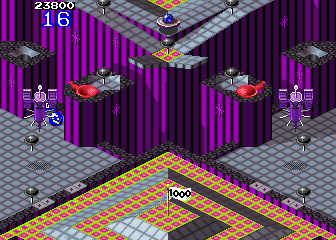
I haven’t seen anyone talking about the source of the roms. It’s been known that the MAME developers have had copies for safe keeping, but were forbidden by the person who let them dump them from releasing them to the public. A MAME driver, I hear, has been around for a while, but maybe only privately. I don’t know what that has to do with the efforts of David ‘mamehaze” Haywood, who has worked to get the game working over the past few days.
I’ve watched a lot of playthroughs of MM2 over the past couple of days, it has been quite a focus to speedrunners. Here’s a couple, that make the game look really easy: FlannelKat, and LeKukie. DumpleChan has a slower run that looks a lot more like a good player would have done in an arcade if the game had been made:
As mentioned before, no one seems to know how this game, long a holy grail for preservations and arcade enthusiasts alike, got released. Was it leaked? Did someone who happened to have the roms just decide one day to throw them online? There’s a thread at AtariAge that notes that the owner would release the roms in exchange for $42,000. Did someone raise that much money? They are now on the Internet Archive, and work on an official MAME driver is well underway, so in any event, stuffing this genie back into its lamp now is probably impossible.
How It’s The Same
The sound design is nearly identical to Marble Madness, using many of the same noises. The attention to detail on recreating the experience of the first game is admirable! And as mentioned, the music is terrific.
All of the original game’s enemies and most of its obstacles are seen somewhere in this game’s 14 levels. The only ones that come to mind that are absent are the Intermediate Race’s rolling wave and the infuriating cycling platforms at the end of the Ultimate Race.
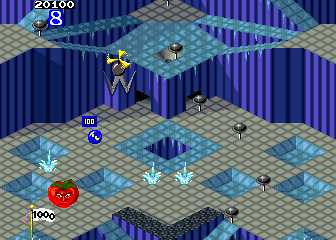
It’s still a race against time, with leftover seconds carrying over to later levels. It’s still a co-op/competition game, where players can interfere with each other, seek to scroll them off screen for a time penalty, or coordinate their movements to double-team the Evil Black Marbles* and help keep players in the game.
A few of the levels have names from the original game. Their layouts are different, though.
How It’s Different: Structure
Marble Madness’s greatest weakness was always its ultra-short length. It only had six levels! It could be excused around the time of its creation, since in 1984 those kinds of scrolling map games were still a new thing. Well here there are 14 mazes, and three bonus rounds too!
Instead of a straight sequence of levels from start to finish, they’re arranged into tiers, of roughly equal difficulty:
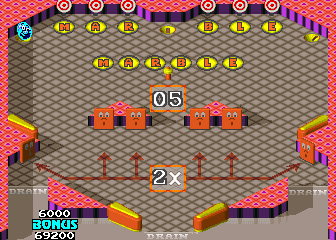
Practice
Tier 1: Aerial – Sandbox – Icebox – Astral
Pin Bonus 1
Tier 2: Highrise – Oasis – North Pole – Sunburst
Pin Bonus 2
Tier 3: Wacky – Wierd Walls (sic) – Deep Sea – Silly
Pin Bonus 3
Final Maze: King Of The Mountain
Each tier can be completed in a variable order, with the player(s) deciding which maze to tackle first. Like in the original game, each maze in a tier carries time over from the previous one, with a small bonus. When the last maze is finished, players get 1,000 points for every second they had left, but also their time is zeroed out.

After each tier, the players enter into a pinball-themed bonus stage! The acceleration is tuned way up for these, making them feel properly chaotic. The players use their marbles to hit targets to spell either MARBLE or MADNESS, and hit drop targets to earn as many points as they can. Players get five extra seconds for every 5,000 points they score, on top of a large time award granted for starting the next tier.
Throughout all of this, if a player runs out of time in solo play, they can opt to continue to try the maze again with a large amount of start time. In group play, they can continue with the same time as one of the other players.
This pattern lasts until the final level, King Of The Mountain. It’s like a tier to itself with only that one level. Only two attempts are granted here: The First Try, and then, after a continue, the Last Try.
A lot of the game is fairly easy, but King of the Mountain is long and tough! Unlike most of the other mazes, the player starts at the bottom and must ascend to the top. At the very end the players have to climb a series of icy slopes that’s very difficult to make it through! It’s a suitable successor to the end of the first game’s Ultimate Maze, with its disappearing pathways.
Control
This one’s big. Marble Madness, in the arcades, a trackball game. Marble Madness II uses standard eight-way joysticks. It makes for a huge difference, it makes the game easier, and also negates the point of the game a little.
In an earlier stage of development (as “Marble Man,” see below) the game went out on test in a trackball version, but it happened around the time the company began to move away from trackballs as a control method. Atari had been associated with trackballs for a long time, going back to the classic Atari Football, and they had recently released the trackball-based strategy/puzzle game Rampart. It’s possible, had Marble Madness II made it to production, that it would have been offered as an upgrade kit for Rampart. There is talk in the arcade modding community of some people wanting to turn their Rampart machines into Marble Madness II, despite the hardware being quite different. (I think this is a shame, as a long-time outspoken fan of Rampart, but it’s understandable for this game!)
With digital joystick control, long narrow passages lose much of their danger, turning a frantic perilous roll into the holding of a direction and the tap of a Turbo button. But also, joysticks can be less precise for this kind of game. I’ve seen forum posts speculating about what would be necessary to reimplement trackball control in the game, even though it’s not a simple change to the code. There’s the advantage that the programming of the original, trackball-based Marble Madness is out there. Time will inform us of the feasibility of this.
Powerups
Marble Madness II was developed seven years after Marble Madness, and in that time powerups went from intriguing new idea to de rigueur. Throughout most of the mazes (not the first or last) there are crown-like structures with a cycling powerup atop them. It’s possible to bash through these and collect the powerup that’s currently on display. Two of these, Cloak and Crusher, allow the player to either evade or destroy monsters. Knobby gives a marble super-sharp control, and Heli grants flight for a while, allowing for huge shortcuts.
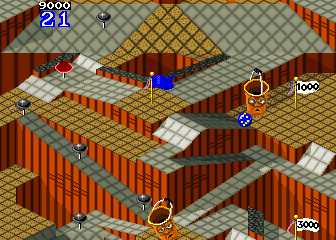
As speedrun playthroughs have demonstrated, these powerups allow for gigantic time saves! Heli can bypass whole sections of the maze, and Knobby allows a marble to tear around corners with pinpoint precision. In a multiplayer game only one player can get a powerup from each location.
Points Earn Extra Time
This really is a major change. In Marble Madness, other than the time awards for starting mazes and the occasional random award of 10 seconds, there was no respite from the steady advancement of the clock. You do get five extra seconds for beating another player to the finish line, but that’s only awarded in two-player mode, and the difficulties of playing with another player overwhelm that meager allowance.
In Marble Madness II, each player is awarded five bonus seconds for every 5,000 points they collect. The plethora of bonus flags scattered around mean that players will be earning bonus time frequently, the time awards often greater than the loss from going out of your way to collect them.
Flags & Hidden Flags
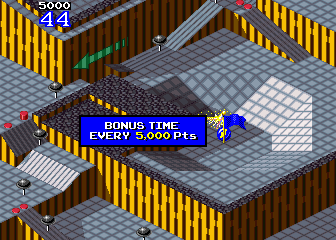
About those flags. They’re in every level but the first and last ones. They grant from 1,000 to 5,000 points, with the number printed on the flag. These are all over the place, and make it easy to amass a load of surplus time. Fortunately for the game’s design, this extra time is converted into more points at the end of a tier, and the players must begin stockpiling all over again Also throughout most of the mazes are bonus flags, worth 2,000 points each. These rarely flash into visibility for a couple of seconds, but often will appear as a reward for reaching out-of-the-way regions of the map.
The game promises players a “Super Bonus” for collecting all the flags in an area, but this requires a lot of patience to track them all down, and sometimes there are mutually-exclusive branches in the path of a maze that make it impossible for a single player to reliably get every flag if playing on their own. The Heli powerup, particularly, is great for collecting flags.
That last level King Of The Mountain doesn’t have any flags! Killing the enemies on that level is worth good points, but it means that very little bonus time is awarded there.
Tons of new obstacles
Every level has its own unique peril! Sand, crushers, falling icicles, killer satellites, meteor crashes, fists smashing out of walls, floating frying pans (in Wacky, of course) and many more. At the very end, huge rock-throwing trolls guard the passages up to the top of the Mountain.
Faces and voices

It’s known that in an earlier stage of its development, Marble Madness II was subtitled “Marble Man,” and the winner of a race would transform into a super-heroic humanoid body for a moment at the end. A digitized voice would exclaim “Marble Man!” at the start of a game and the end of a race. There is footage of this version of the game, taken from off of one of the surviving machines, on YouTube, demonstrating the voice.
The released version of Marble Madness II doesn’t have the Marble Man theme, but it does have voices, and they’re pretty nice I think! When you start a game, your marble develops a face and shouts “Marble madness!” in a way that never fails to make me smile. When you hit a letter or spell a word in a bonus level it’s announced aloud, and to me that’s almost reward enough in itself. It’s probably for the best that the superhero theme was dropped, but the faces, both on the marbles in their death animations and on the enemies, add some needed character to what might otherwise have been a pretty dry game.
So, that’s what we have to report on Marble Madness II, a game developed 21 years ago and is just now seeing the light of day outside of an extremely small number of collectors. 21 years is a long time. A not-insignificant number of fans of the original Marble Madness have died in the intervening time, never having had a chance to enjoy it. And even now, because it’s only playable in emulators, a lot of people who could otherwise enjoy it, but cannot overcome the technical hurdle of getting MAME up and running and getting its roms into the right shape (a formidable obstacle to many), will still be denied playing it.
Marble Madness II is not yet up in official MAME, but its driver is well along, and I think it’ll probably appear in the next release. I urge you to at least give it a try, and think of all the people who would have enjoyed if it had appeared back at the time of its creation. It was a long time coming, but at least now it is here.
How To Play It
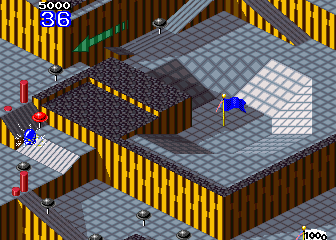
Use the version of HBMAME currently here, version 0.244. Use the directions to set it up, but you’ll be helped if you already know how to use MAME. The romset can be gotten from the Internet Archive here. You’ll have to rename the ZIP archive to marblmd2.zip for HBMAME to recognize it.
* The “Evil Black Marble” was adapted as a character on turn-of-the-century website The Conversatron. So says me, apparently the sole surviving person who remembers The Conversatron. Memory hurts.



